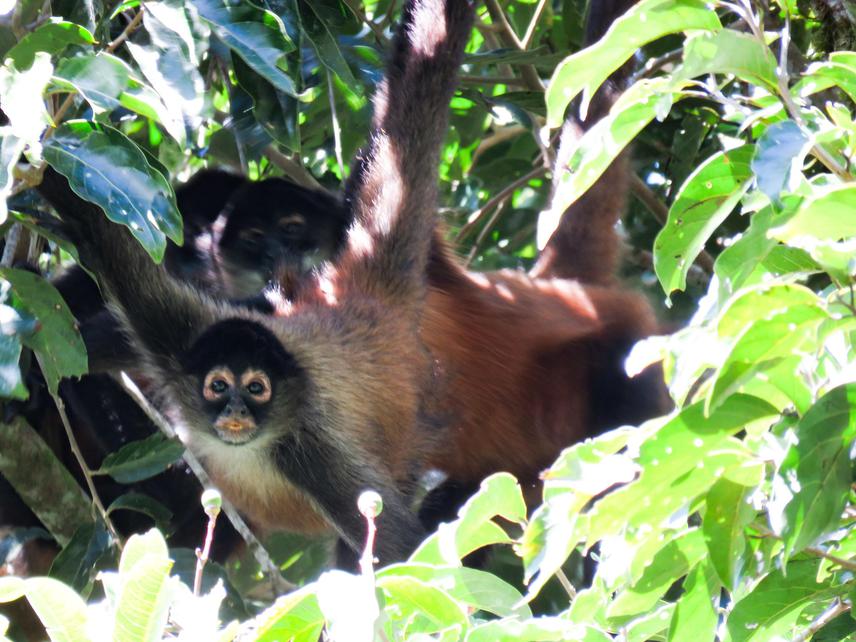Pedro Guillermo Mendez-Carvajal
Other projects
5 Oct 2010
Population and Conservation Status of Azuero Peninsula and Coiba Endemic Primates, Panama
3 Sep 2014
Study and Conservation of Ateles fusciceps rufiventris at Chucanti Nature Reserve, Darien, Panama
28 Sep 2015
Actual Distribution and Conservation Status of the Ateles geoffroyi grisescens, Darien Province, Panama
2 May 2017
Population, Distribution and Conservation of Panamanian Primates, Republic of Panama
Ateles geoffroyi panamensis is classified as Critically Endangered species from the 25 most threatened primates in the world. In Panama its habitat is facing deforestation due to anthropogenic development and mine activi-ty. This project will detect and track population group structure, popula-tion density and circadian activity using camera traps at forest medium high level (Orion Camera System). We will evaluate home range in exten-sive vegetation habitat but also in fragmented areas, detecting which species are competitors for food resources and interact with them. Volun-teers from local communities will be trained and exposed to educational material were we will explain the advantages to have this primate, their role in the forest and how we can help them to survive. This initiative will be joined between FCPP and the Panamanian Environmental Ministry. Refor-estation and use of living fences with native trees will be implemented to gain connectivity of habitat.

Ateles geoffroyi panamensis.
Ateles geoffroyi panamensis is classified as Critically Endangered species from the 25 most threatened primates in the world. In Panama its habitat is facing deforestation due to anthropogenic development and mine activity. This project will detect and track population group structure, population density and circadian activity using camera traps at forest medium high level (Orion Camera System). We will evaluate home range in exten-sive vegetation habitat but also in fragmented areas, detecting which species are competitors for food resources and interact with them. Volun-teers from local communities will be trained and exposed to educational material were we will explain the advantages to have this primate, their role in the forest and how we can help them to survive. This initiative will be joined between FCPP and the Panamanian Environmental Ministry. Reforestation and use of living fences with native trees will be implemented to gain connectivity of habitat.
The project will be covering the six points target with possibilities to set permanent transect lines, set camera traps at canopy, and talk with the community to find a leader for each site. This is a long term project, together with the Panama Environmental Ministry and FCPP. The methods used in this proposal are similar to other used for FCPP in the rest of Panama, The idea is to have the same way of collecting data to make them comparable with other densities and information. All the methods have been previously cited by several scientists working with Neotropical Primates. The combination of Transect Line, Ad-libitum, and Orion Camera System are effective detecting primates. Environmental education will be carried on by organizing community meetings in each of the study sites, and distributing education a material around the communities (stores, bus stops and houses).